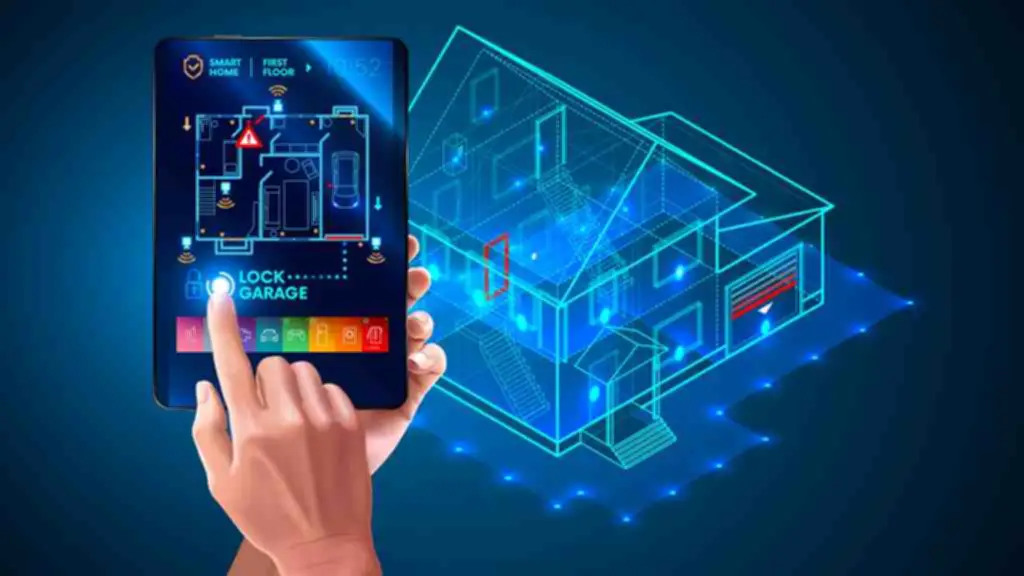Information Mesh Vs Knowledge Fabric: Whats The Difference?
Your organization ought to evaluate these before determining which strategy aligns greatest with your objectives and priorities. By integrating knowledge in real-time or close to real-time, data material permits organizations to derive actionable insights more shortly. This is crucial in today’s fast-growing enterprise setting, where well timed decision-making could make a difference in staying competitive.
Information Virtualization permits organizations to create a unified view of data across different sources without physically transferring or replicating the information. These performant warehousing options have been on the core of a renaissance in knowledge applied sciences, from BI to metadata monitoring. The modern knowledge stack is now about more than storing analytic data— it’s about understanding information origins, monitoring lineage, managing entry and permissions, and sustaining flexibility in modeling.

Information Domains A Hundred And One: The Muse Of Clever Information Administration

One key aspect of a data mesh is the shift from a centralized data team to domain-specific knowledge teams. These groups are answerable for the complete knowledge lifecycle within their respective domains, including information discovery, ingestion, processing, storage, and consumption. They have the autonomy to define and evolve their own information models, schemas, and interfaces. Organizations should keep knowledgeable about rising architectural patterns and best practices as the data landscape evolves.
Each information mesh and knowledge material can tackle knowledge high quality challenges, but they accomplish that with totally different strategies. Simply put, extra centered repositories can threaten to slow down a company, even when those databases are situated within the cloud. With that in mind, new approaches to information administration have emerged, with an eye fixed towards excited about the needs of employees and clients alike. In today’s data-driven world, businesses should take care of advanced challenges related to managing, integrating, and properly utilizing huge quantities of knowledge housed in multiple locations. Organizations that unlock the best knowledge architectural method empower themselves with significantly better decision-making and strategic insights.
By performing because the “nervous system” of the info ecosystem, the material unites all platforms and resources right into a single cohesive framework that controls and secures access accordingly for customers. This ensures consistency and coherence in data governance insurance policies, security measures, and compliance necessities. Knowledge mesh promotes a flexible knowledge governance working model by way of federated governance. By permitting organizations to enhance the mannequin according to their specific needs, data mesh accommodates various domains and fosters a data-driven tradition. Data mesh permits the supply of personalized data products by empowering domain teams to personal the supply of knowledge Software Development Company merchandise. This strategy permits area teams to have a deeper understanding of their particular knowledge requirements and permits them to iterate sooner and ship worth more efficiently.
Whether Or Not you are seeking to promote collaboration and domain expertise with data mesh or looking for a technology-driven resolution to unify knowledge sources with knowledge fabric, both approaches offer a viable solution for effective data management. On the surface, they both support data management through the creation of a single, integrated layer of processed information atop distributed or unstructured data. Knowledge virtualization is an integrated abstraction layer that hastens entry to knowledge and provides real-time information returns, and this know-how is a key element throughout the knowledge material. However, knowledge virtualization is still solely one of the a number of technologies comprising the entity, which is a more comprehensive knowledge administration architecture. In the pursuit of future-proof success, both information mesh and information fabric are designed to streamline and expedite knowledge use at scale. Data ecosystems usually are not getting any smaller, and extra instruments and users solely require more dynamic entry and security capabilities.

The Information Material does not require alternative of present infrastructure but as an alternative adds a layer of extra know-how above the prevailing infrastructure that performs metadata administration and inference. Information management instruments that retailer and course of knowledge across the enterprise could remain of their place, and knowledge from different applications can remain distributed across these tools. Metadata is extracted from these instruments and is used to kind logical connections across completely different datasets. This permits datasets to doubtlessly remain beneath their current authority with out necessarily coming beneath a centralized governance framework. Nonetheless, the information and metadata in the Information Fabric should be trusted to guarantee that the conclusions that the machine studying techniques shaped over the metadata to be correct.
What Are The Benefits Of Implementing An Information Fabric? #
Each knowledge material and knowledge mesh aim to handle the challenges in information architecture and management. Nevertheless, they considerably differ in their approach to ownership, architecture, knowledge group, governance, democratization, and collaboration. As An Alternative of consolidating all information into a single centralized data warehouse or lake, knowledge mesh employs federated information structure. The structure permits information to stay distributed throughout different information stores, corresponding to databases, data lakes, or information warehouses while remaining interconnected through standardized interfaces and protocols. This strategy provides the flexibleness to decide on the proper storage and processing applied sciences for every domain’s particular wants. Knowledge mesh supplies a decentralized strategy to information structure that addresses the challenges posed by conventional centralized data platforms.
Atlan helps organizations implement information mesh ideas by enabling domain teams to create and handle information merchandise that may be simply found and consumed by different teams. The data mesh enables a decentralized method to knowledge possession and governance, allowing for larger agility and scalability within the knowledge processing. In the information mesh vs data cloth dialogue, it’s price noting that both architectures supply flexibility but in several ways. With its decentralized nature, knowledge mesh can quickly adapt to changes or additions in business domains.
Information Volume And Complexity
However, a centralized strategy can create bottlenecks or single factors of failure, impacting data availability and efficiency, especially as the group grows. Nevertheless, the centralized nature could lead to potential bottlenecks, slower responsiveness to domain-specific needs, dependency on a centralized group, and scalability challenges. When all knowledge is forced to undergo the IT department earlier than being distributed to the people or teams requesting it, bottlenecks happen and slow down the flow of knowledge. A information mesh allows knowledge to bypass the IT division, permitting information to move freely to the needed source.
- Let’s dive into the nuts and bolts of how a data fabric gets woven collectively within the first place.
- A logical knowledge fabric solves this downside by weaving all the threads of information together into an integrated, holistic layer that sits above the disparate sources in an end-to-end answer.
- Choosing the best strategy requires you to rigorously weigh the professionals and cons, along along with your organization’s construction, culture, data quality necessities, anticipated team development, and future knowledge wants.
- Knowledge fabric centralizes information management, which may make it simpler to implement constant safety practices across the complete group.
- Knowledge observability ensures your knowledge reliably meets your expectations across freshness, distribution, volume, and schema—and that you have good data lineage in place.
Each knowledge mesh and information material can profit from data catalog and metadata management instruments to enhance knowledge discoverability, understanding, and governance. In information mesh, particular person area teams are responsible for the end-to-end knowledge management, including storage, processing, and governance. Knowledge cloth, however, is a centralized method to information structure, where data is built-in and accessible across the group. In a Information Fabric structure, Knowledge Lakes can function a source for data integration and processing, feeding into the unified data view supplied by the material. Data Material can help guarantee knowledge quality, governance, and safety throughout the Knowledge Lake and other data sources.
